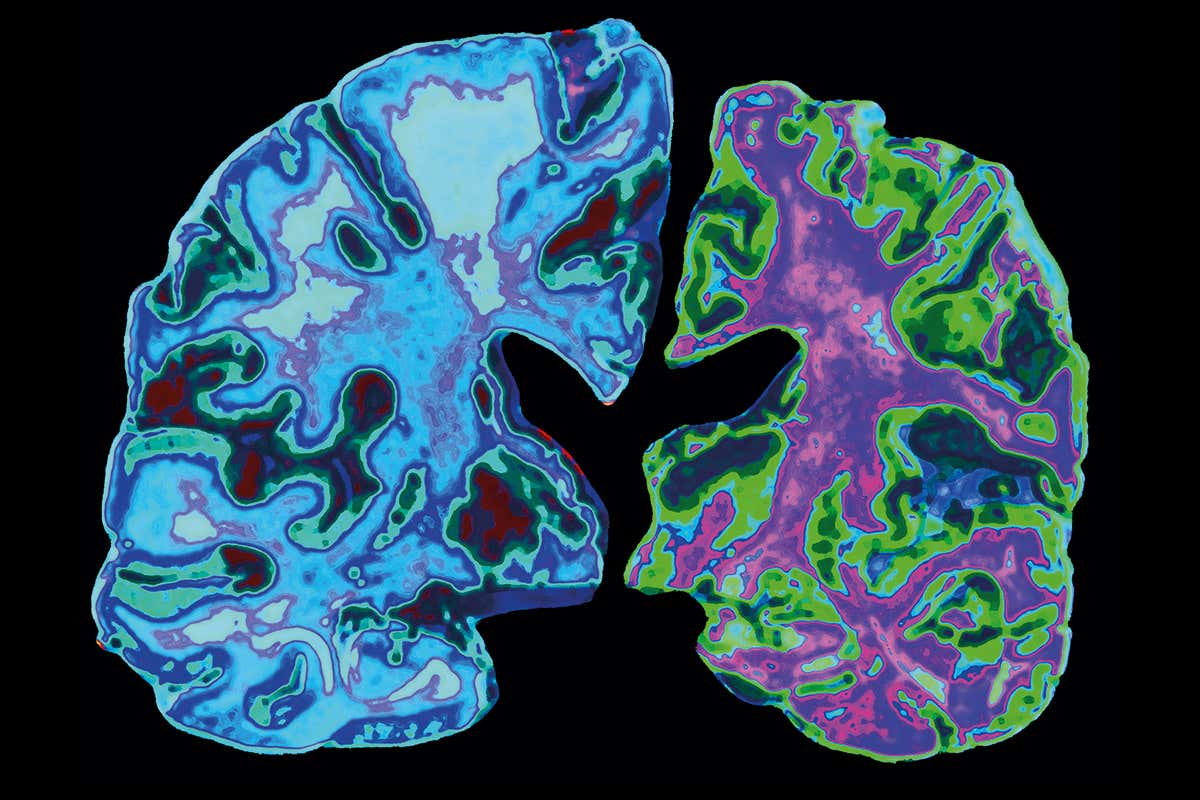Listening to music is an experience, whether it is a pop or Beethoven, sometimes the experience can even be rather euphoric. Music has the power to bring to the surface memories you might not normally think about, they could be happy, sad, or joy tinged with nostalgia. Now research shows, that the tingly sensation we feel when listening to music can be picked up on scans of the brain too.
Previous studies on brain imaging have also linked this to the brain’s natural activation of pleasure and reward systems. Now, recent research reveals after careful evaluation of brain activity patterns that tingly sensation arises due to pleasure derived from listening to music.
In the study, people were given headphones to listen to music while a high-density EEG device was used so researchers could record and measure brain waves that ensue from electrical brain activity. They measured this activity while the participants of the study listened to music with electrodes attached to their scalps.
Also Read: Trump Blames COVID-19 Cases in the United States for Bad Election Campaigns Results
The team on the study asked 7 men and 11 women who had admitted to having experienced musical pleasure often, to hear a 15-minute compilation of bites of sound that lasted 90 seconds. Some of the excerpts were also taken from the person’s self-proclaimed favorite music that usually induced tingly sensation in them; other excerpts however came from selections made by researchers themselves and held no prior significance for the participants.
At present, previous research has already explained that people tend to experience musical chills during two separate phases. The first being anticipating before a climatic chill when the music is building up to the climax, the second peak is after the pleasure has been growing following the build-up.
The study took up 18 lovers of music and let researchers attach them to an EEG. The participants then reported the moment they began experiencing chills from the music that was being streamed to them. The researchers were able to record more than 300 goose-bump giving chills, each of which lasted about 9 seconds generally.
Looking at EEG readings, however, researchers were also able to read other chills that appeared outside of the predicted instances.
Some people, however, did not experience any chills during the study, their results therefore were omitted.
The comforting news is that regardless of a person’s musical background or training, pleasurable chills from music can be experienced by almost anyone since the researchers found no relationship between chills and music training.
After further analyzing the results from the EEG, the researchers found that when these people experienced these tingly feelings not only did their arousal increase so did the activity in the prefrontal cortex of the brain. This part is the front lobe of the organ.
Also Read: People with Lower Body Fat are at Reduced Risk of Hypertension- American Heart Association Report
The activity was then linked to the activating of the orbitofrontal cortex. A brain area that is right above the eye area of a person, Is responsible for integrating emotional processing and sensory experiences.
The researchers further found that these processes can lead to bodies releasing hormones such as dopamine which help humans feel good once they are released.
Thanks to the developments of this research, the study has led to opening new areas for research and development that can help most of us understand not only us better but also use this newly found knowledge for the betterment of our health. Knowing music can help you produce dopamine makes it clear that music indeed has good power over our emotional health.


